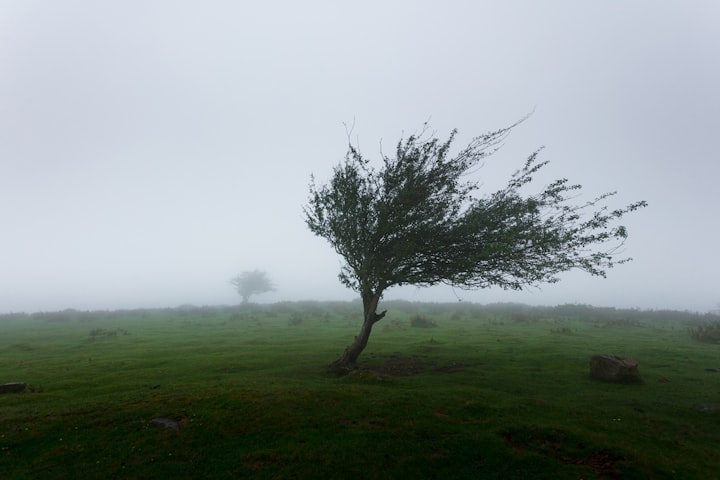Vincenzo Zonno's "Non è un Vento Amico"
Review

Vincenzo Zonno is an author with enormous possibilities, especially if we consider that “Non è un vento amico” is his first novel.
Set in the evocative Baltic landscape, in a Russian exclave in Prussian territory, “It’s not a friendly wind” mixes historical novel, thriller and surreal climates from a Kafkaesque castle but also from a fantasy novel.
Up to the middle of the text we think we have “the novel” in our hands, the one we have always expected, wide-ranging and with a great atmosphere, ready to become a best seller first and then a classic. In support of this hope there are the setting and the charm of the landscape — between St. Petersburg, the Siberian forests and the Baltic Sea — together with a great writing, elegant, relaxed, never banal in the descriptions. There are very few smudges, the intelligent style, that fluidity that hides so much painstaking file work.
The protagonist, Georges Stroganov, a good-looking lieutenant with high hopes, is called to Cypel Koszalin, a place of reintroduction of former Siberian deportees, where a fortress stands that resembles the mountain of Dante’s purgatory. Here he will have to replace a consul who has been killed in an atrocious and shocking way. Investigating the disturbing end of his predecessor, he will discover a static world of sinners, victims of their own vices, first of all adultery. He will fall madly in love with a beautiful widow and befriend a lynx.
The plot features historical characters, such as governor Murav’ev, Tsar Nicholas I and his brother Alexander, who disappeared under unclear circumstances. In this regard, Zonno adopts and develops the thesis of Tolstoy, in the unfinished story “Posthumous Memories of the starete Fedor Kuzimič”. We do not reveal the plot, which has an intrigue to unravel, but let’s say that many real elements are intertwined in the novel, such as the Decembrist revolt and the heresy of the Christovreste, with others of pure fantasy. There were irrationalist currents that pervaded Russia in the mid-nineteenth century, but the protagonist remains with his feet on the ground and lucidly investigates what appears to be a supernatural enigma.
Too bad that, from the middle of the novel onwards, the story does not take off, it loses its breath and bite. Everything remains a little too confined around the figure of the beautiful Lidjia and the love she arouses in the lieutenant.
As Oliviero Canetti points out in the afterword, Cypel Koszalin is a “microcosm”. Let’s say that it is more a symbol than a narrative place, and the novel is affected by this, transforming (and atrophying) from a great narrative to an allegory. We feel that the author is familiar with the Russian novels of the nineteenth century, with the concepts of redemption, sin and forgiveness. Stroganov is a libertine, in the end he will take the opposite path to that of all the sinners of Cypel Koszalin, he will flee to Siberia in a backward journey of moral redemption, where love and understanding prevail over feelings of guilt and even the need for God.
We are sure that we will hear more of this author, if he knows how to combine surreal symbolism with narrative needs, in a union that will become his personal signature style.
About the Creator
Patrizia Poli
Patrizia Poli was born in Livorno in 1961. Writer of fiction and blogger, she published seven novels.






Comments
There are no comments for this story
Be the first to respond and start the conversation.